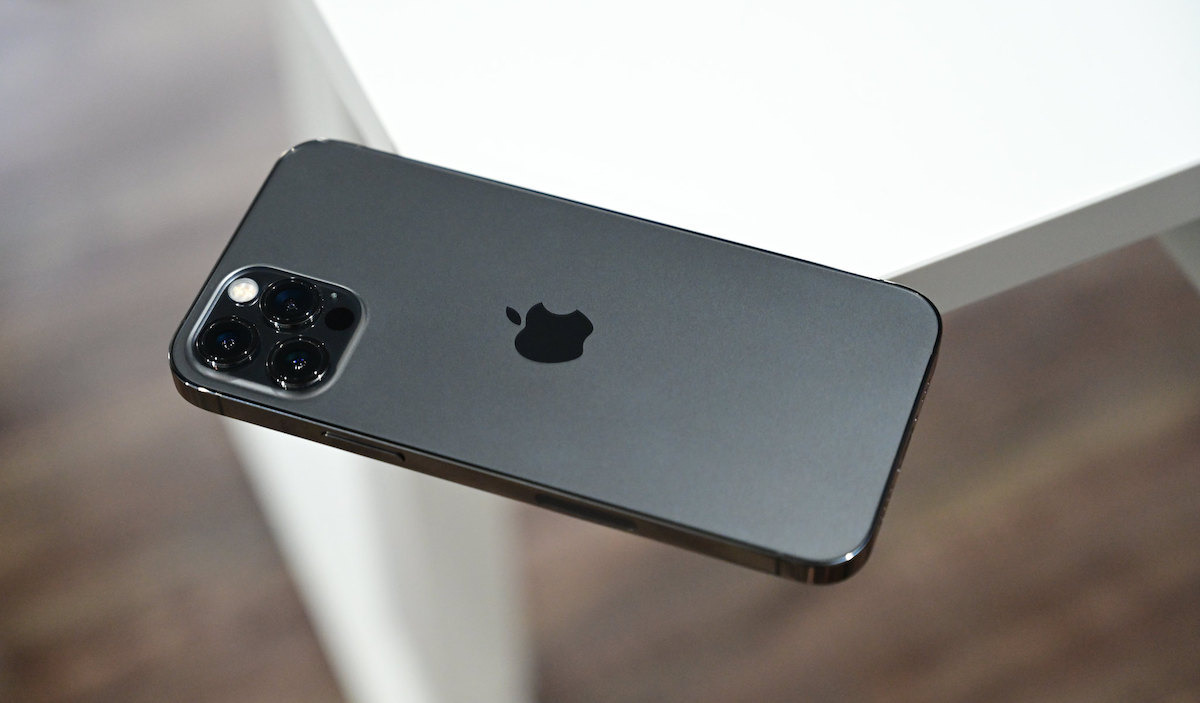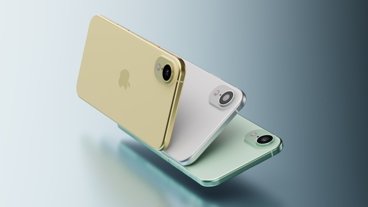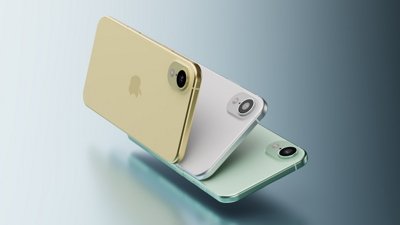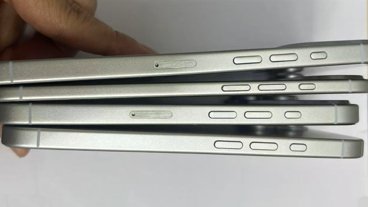Noted TF International Securities analyst Ming-Chi Kuo in a report on Friday said recent industry surveys indicate Apple is "aggressively" testing vapor chamber thermal systems for use in iPhone, suggesting the technology will make its way to the flagship handset in the near future.
Kuo believes Apple is highly likely to incorporate vapor chamber tech into an upcoming iPhone model, though it is not clear if the system will be ready in time for 2021.
Generally speaking, vapor chamber (VC) technology involves evaporation of a liquid (typically water) within a specialized heat pipe or heat retention structure that snakes its way through a device chassis. Heat from processors and other high load electronic components causes the liquid to evaporate into a vapor that spreads thermal energy through the evaporation chamber as it travels to areas of lower pressure. Fins or other condenser bodies remove heat from the vapor, which returns to a liquid state and is carried back to areas of high pressure through capillary action.
Apple has reportedly been working on VC systems for some time, but early solutions have not lived up to the company's high standards.
"The iPhone's critical reason not to adopt VC is because of its reliability test results that cannot meet Apple's high requirements," Kuo writes. "Still, we are optimistic about the VC reliability improvement schedule and expect that at least high-end iPhone models would be equipped with VC in the near future."
Kuo believes iPhone will need VC to keep up with rapid adoption of 5G and ever-increasing CPU thermal loads. Apple's iPhone 12 series, the first iPhones to support 5G communications, is known to get hot when connected to the ultra-fast network. An improved thermal system will allow the tech giant to increase compute performance and boost component longevity, keeping it ahead of the smartphone pack.
 Mikey Campbell
Mikey Campbell








 Marko Zivkovic
Marko Zivkovic
 Christine McKee
Christine McKee
 Andrew Orr
Andrew Orr
 Andrew O'Hara
Andrew O'Hara
 William Gallagher
William Gallagher

 Mike Wuerthele
Mike Wuerthele
 Bon Adamson
Bon Adamson



-m.jpg)



8 Comments
This sounds more relevant and feasible for macs. Apple is already way ahead of the smartphone pack in terms of cpu performance and will likely stay ahead for some time, based on the superior performance/watt of their designs. No need to increase the watts
If they need vapour chambers in iPhones, the CPU is getting too power hungry. My X throttles due to heat, which is a lot more noticeable than running a few percent slower at peak load to reduce heat production.
Android smartphones have already been using vapor-chamber tech for a few years. I think that's what it's called using copper foil, wicking material, and liquid. Android smartphones place the material between the processor and case. I always wondered why Apple didn't use it on their iPhones. It couldn't be that expensive where Apple couldn't afford to do it.
"
This is a by-product of the 5G solution they are using. Hopefully, future solutions (smaller process and on SoC) will be far less power hungry than the current one.
Vapour Chambers have been around for years on Android phones. The preferred option for Apple would probably be in combination with graphene film and phase change microcapsules (like what Huawei has used). Combined with a reworking of how charging is handled, to reduce the heat generated inside the phone would greatly help with thermal management.